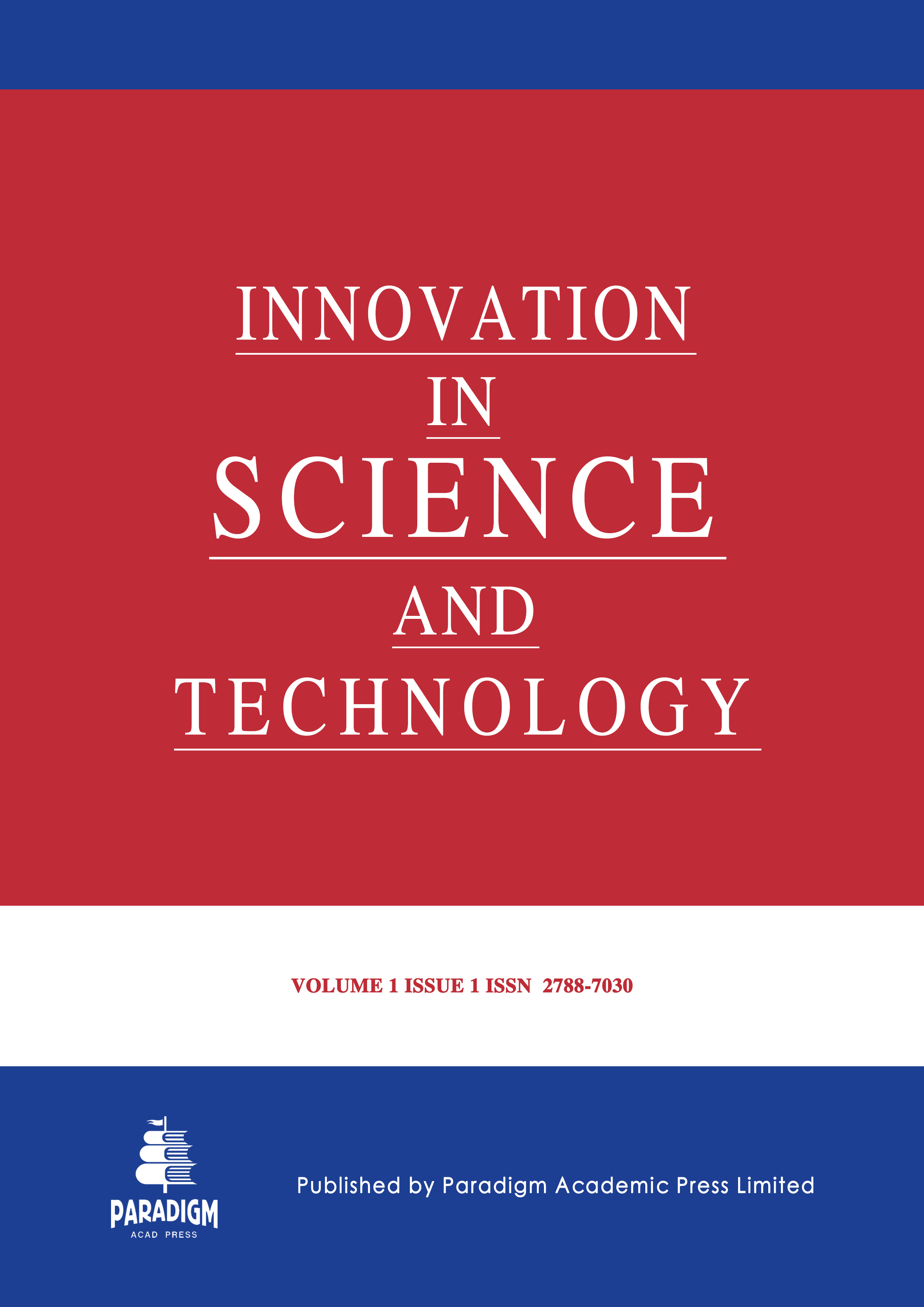Micro-Scale Urban Heat Island Analysis of Residential Areas in Central Jakarta Using UAV Thermal Imaging Data
Keywords:
Urban Heat Island (UHI), micro-scale heat distribution, UAV thermal imaging, land surface temperature (LST), urban vegetation, impervious surfaces, thermal hotspots, Central JakartaAbstract
Urban heat island (UHI) effects are a critical concern for densely populated tropical cities, where rapid urbanization exacerbates local temperature disparities. This study investigates the micro-scale heat distribution in residential zones of Central Jakarta using UAV thermal imaging data. Land surface temperature (LST) maps were generated to analyze thermal variations and their correlation with land use types such as impervious surfaces (e.g., asphalt and concrete) and vegetation. High-density zones exhibited significantly higher daytime temperatures, reaching up to 47°C, compared to vegetated areas, which maintained cooler temperatures around 32°C. Temporal analysis revealed prolonged nighttime heat retention in impervious areas, with residual temperatures exceeding 27°C, while vegetated zones cooled rapidly to below 20°C. These findings highlight the critical role of vegetation in mitigating UHI effects and emphasize the need for targeted urban planning strategies to reduce localized heat intensity in residential zones.


